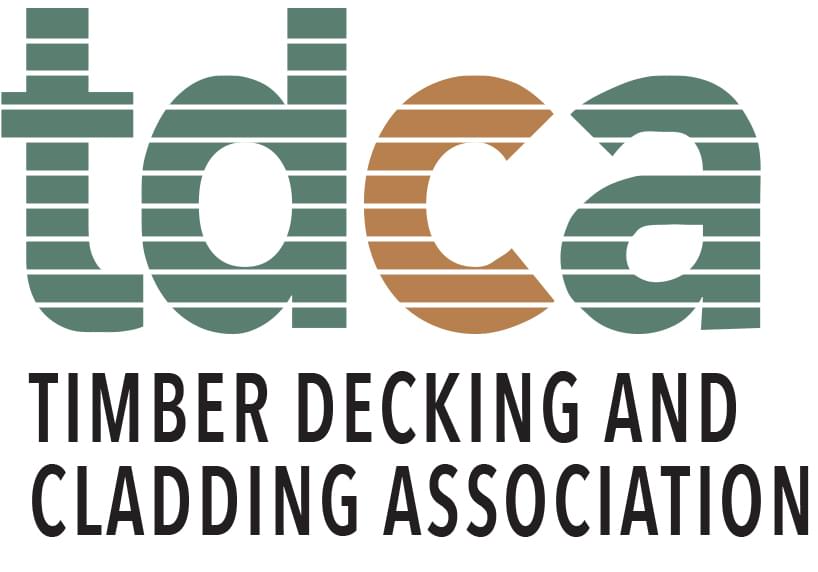Over the past couple of years, the creative people out there may have seen acrylic paint pouring take and become extremely popular world wide. And we can see why!
If you have been thinking about getting into acrylic paint pouring art but weren’t quite sure where to start, then this post is for you! We will break everything down for you and offer some top tips and tricks to make your art the best it can be.
Whilst the specific measurements of product varies from person to person and piece to piece, the basic supplies are the same. We recommend having these basic acrylic paint pouring supplies:
Supplies
- Acrylic paint
- Pouring medium (Floetrol for example)
- Water
- Silicone
- Kitchen roll (in case of any accidental spills)
- Mixing cups and stirring sticks
- Heat gun
- Blowtorch
- Stands or blocks to prop your art up with
- Level
- Gloves
- Clothes you don’t mind getting messy
- Thick plastic sheeting/paper sheeting/silicone matt
- Large plastic container (optional)
- Spreading tool
- Canvas/board/tray etc.
- Masking/decorators tape (optional)
Acrylic paint
At the top of our list of acrylic paint pouring supplies is acrylic paint! There is a wide variety of acrylic paints on the market. Some people will use artist specific ones where others opt to use house paint.
It really comes down to how much you want to spend and what kind of look you are going for. Even the cheapest of paints can give excellent results, so long as the paint is mixed well with a pouring medium.
Pouring medium

Use of a pouring medium such as our paint conditioner Floetrol is a must. This makes the paint a lot more fluid and therefore easier to move around the canvas.
Owatrol Floetrol can safely be used in all water-based paints and will not effect the inherent qualities of the paint or colour.
Some people will use a mixture of paint conditioner and water or PVA and water.
Water
People will usually use water alongside a pouring medium such as Floetrol or PVA glue to help make the mixture more fluid and easier to work with.
Silicone
A few drops of silicone can be added to your mixture if you want to create cells. The more drops you add, the more cells you will get! You will be able to bring these to life when you put a torch to them after pouring the paint onto your medium.
Kitchen roll
As the name suggests paint pouring is pretty messy work! Having some kitchen roll on stand by is a good idea to help mop up any big spillages or to just wipe your hands.
Mixing cups and stirring sticks

You will also need stirring sticks to mix the paint and pouring medium together. Again, the amount of sticks you will need depends on the amount of colours you use. We recommend using a flat stirrer (like a lolly pop stick or tongue depressor) as the larger surface area will make stirring quicker and more effective. You can find these online or in most craft stores.
Heat gun
A heat gun is a great way of moving poured paint around your canvas, board, etc. It is an excellent way to create a variety of effects such as lacing.
Blowtorch
A blowtorch is a very important piece of kit to have if you want to create cells. Whilst you will usually be able to create a few cells without the use of a blowtorch, it is much easier to create them with a quick pass over of the flame to really bring them to life.
Stands or blocks to prop your art up with
It is important to raise your art up off from the table, especially when it comes to drying. This is because the paint will eventually drip off the edges and if your board/canvas etc. is sitting flat to the table, once it had dried, you may find it difficult to pick up again without damaging your work.
We recommend propping your work up off the table by using stands, blocks, or anything else of the same height and strength.
Level
Having a flat surface when creating acrylic paint pours is very important! The acrylic paint will eventually self-level and so if your canvas, board etc. is tipped more to one side than the other, the paint will eventually pour off the side and your design will be lost.
This is can be very frustrating as you may find you love the look and composition of your piece, leave it to dry and then after a few hours find that the design has slid off and onto the table!
Gloves
Although not a necessity, especially as the paint is diluted with water, some people like to use gloves when working to help keep their hands as clean as possible.
If you choose to use gloves, nitrile gloves are one of the best options when it comes to protecting your hands. Not only do they fit nice and snug, but they are very strong and offer great resistance to oils and other chemicals that you may decide to add to your mix.
Clothes you don’t mind getting messy
You will want to make sure you aren’t wearing your Sunday best when creating this type of art!
Thick plastic sheeting/paper sheeting/silicone matt
As previously mentioned, acrylic paint pouring art is messy! You will want to make sure to cover your work surface with thick plastic sheeting, a paper alternative, or a silicone matt to catch the drips and spillages.
Large plastic container (optional)
Depending on the size of the piece you are creating you might be able to put it inside of something to help contain the paint run off. For example, if you are going to be creating coasters, you could use something like a cat litter tray to create your pieces inside of. This will help make sure you don’t spill any paint onto your floor!
Spreading tool/s
People may use different spreading tools depending on the size of the piece they are creating, the amount of paint they need to move around and what effect they are trying to create.
If you can, we recommend using re-usable plastic spatulas, or something similar. Once you have moved the paint to the required location, you can simply wipe the tool with a piece of kitchen roll. That way there is minimal waste and it’s now ready to use again next time!
Canvas/board/tray etc.
What would an acrylic paint pouring supplies list be without something to pour your work on to? You can use canvas, wooden boards, trays, plastic coasters – it’s entirely up to you!
Masking tape (optional)

It really all depends on the overall look you are trying to achieve.
So there you have it! Whilst there are many other things you could add to the list, this is our list of the basic acrylic paint pouring supplies you will need to create your very own pieces of art!
We hope you found this post helpful. If you have any other tips, tricks or advice, please feel free to leave them in the comments below. We love hearing from you!
Want to keep up with all things Owatrol? Why not follow us on social media? You can find us on Facebook, Twitter, Instagram and Pinterest at @owatroluk or at the hashtag #owatroluk











